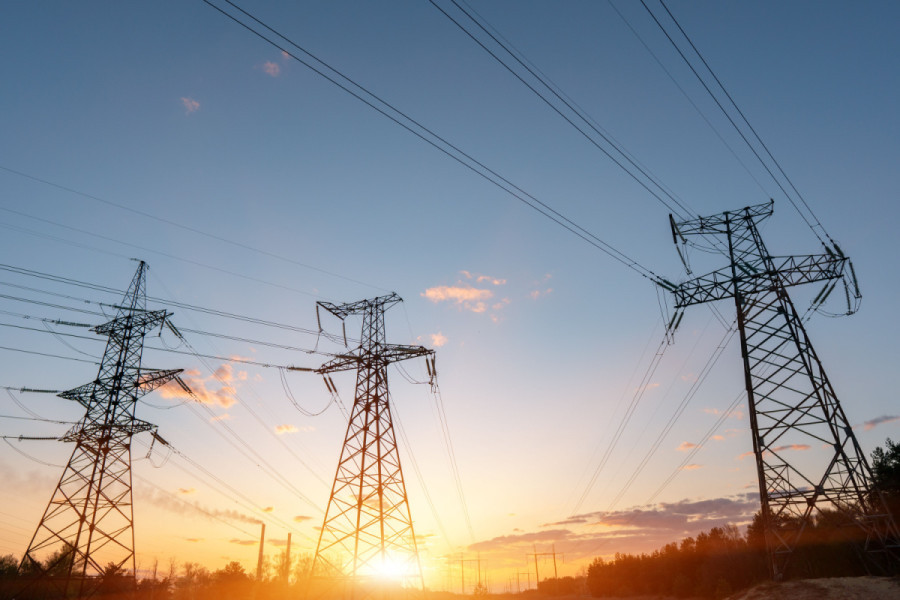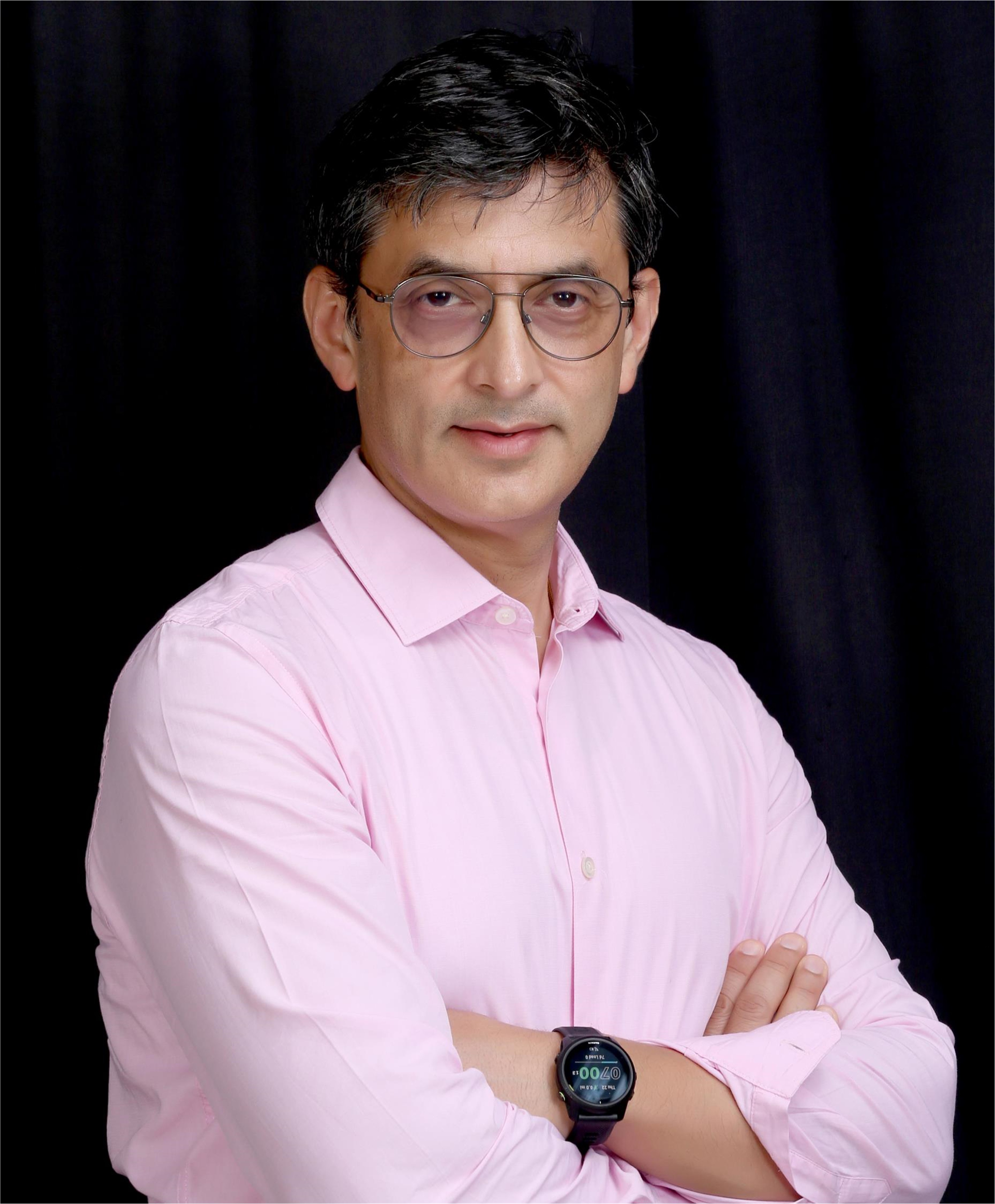Columns
Resilient, reliable electricity
Nepal must adopt distributed renewable energy solutions to enhance grid capabilities.
Bishal Thapa
Nepal has achieved near-universal access to electricity. Near universal, though not quite universal. Estimates of how many have access vary by the data source, between 96 and 98 percent. But whatever the estimate, one thing is clear: Well over 95 percent of the country’s population has access to electricity, and much of that through the grid. For a country that has grappled with low levels of electricity access for many decades, the recent grid expansion to almost everyone fulfils a crucial national development goal.
About a dozen municipalities in remote parts of northern Nepal bordering China still lack access to electricity. Nepal seeks to build cross-border power transmission lines in the north, connecting Nepal to China via the Chilime-Kerung and Ratamate-Rasuwagadhi-Kerung lines. The government projects that these lines will be tapped to provide electricity to the remaining remote areas still lacking access.
Near-universal access to electricity is only one part of the story. The other part of the story can only be told through the (somewhat funny) tale about the shifting definition of load-shedding. For most Nepalis, the term load-shedding simply meant a lack of electricity. But for the Nepal Electricity Authority (NEA), the national monopoly power utility, it meant something else.
During the electricity shortages ending in 2017, the NEA often argued that areas without electricity couldn’t be counted under load-shedding. Their electricity demand (or load) wasn’t even connected to the grid, so where was the idea of load-shedding?
Then came the era of abundant electricity supply. When customers wanted to know why they were still losing power, occasionally but with enough frequency to be annoying, the NEA moved on to a new definition. They argued that load-shedding couldn’t be applied when the supply was disrupted due to failures in the transmission and distribution systems.
Access, universal or near-universal, doesn’t quite mean reliable electricity, as we learned from the shifting definition of load-shedding.
Reliability
The NEA is wholly cognisant that supply alone cannot improve reliability. In recent statements, Kulman Ghising, managing director of the NEA, has often indicated that in addition to increasing power consumption, the utility also focused on providing reliable and quality power to consumers.
One way to enhance reliability is to improve the transmission and distribution networks. Such investments can help remove bottlenecks in the systems, increase contingencies and build greater resiliency. However, these require significant investments that must be undertaken by the government (or government agencies like the NEA). Seeking to increase reliability through continued investments in supply, transmission, and distribution alone are expensive options for countries with limited resources and significant needs.
Ghising’s statement to Kathmandu Post last December indicates how such resources may not be readily available. “We are not in a position to get enough budget from the government due to resource constraints. We are spending on expanding and strengthening distribution infrastructure,” Ghising said, describing how the NEA was spending its recent profits.
Rather than rely on centralised supply, transmission and distribution, another option is to get customers to undertake and invest in increasing reliability. The NEA may still need to remember, for example, that the customers learned to adjust to the long periods of power outages. They did so by investing in a whole range of small solutions, most of which consisted of solar with batteries for backup.
Electric reliability can be enhanced by spreading the investment burden. The NEA doesn’t have to undertake it all. Its customers themselves will be able to undertake investments. In so doing, they will be providing a method to avoid the need for public investments. For this to happen, Nepali policymakers and the NEA must adopt a more open approach to distributed renewable energy solutions, which also recognises the technical advances made in the sector.
Integrating energy
Distributed renewable energy, most notably solar rooftops coupled with battery systems, today represents a fast-growing segment that enhances grid capabilities. South Asia is already home to a market potential size of approximately 500 million for such systems, one of the largest in the world.
There have been rapid advancements in the technology of these systems over the last decade. Such distributed solar systems can interact with the grid in real-time, responding to conditions and situations of excess or shortages as they emerge. It can communicate with the grid and act in real-time. Many developed countries have developed standards requiring these systems to respond to the grid. When such responses are aggregated over many hundreds of systems, the resulting impact can be large and help to supplement the grid's operations.
Digital technologies are magnifying the impact of these technologies. These systems can now be aggregated and managed in real-time. Digital technologies provide practical and straightforward operational methods of managing a large number of small systems, thus providing a way to collectively harness its full potential to supplement the grid.
When integrated into the grid, distributed renewable energy and storage solutions can be aggregated to serve as part of the grid, providing supplemental capabilities that make the grid more robust and electricity more reliable.
Many development partners in Nepal are now helping the NEA install solar, battery or solar-battery solutions in the grid. Almost all of them focus on the NEA, with the idea that such solutions must be centrally managed and operated. However, such approaches ignore the contributions that customers can make towards enhancing the resiliency and reliability of electricity.
When energy was in short supply, during the worst days of load-shedding and the blockade, the customers learned to adjust and adapt. They adopted technology, investing in small inverters, batteries, ingenious solar lights, and various other clever solutions. A whole eco-system of importers, suppliers, distributors, installers and service providers emerged. This base or platform of distributed energy, though small and in the margins, holds the key to the resiliency, reliability and security of Nepal’s energy.
Distributed energy, if effectively integrated, can provide a wide range of grid reliability and resiliency functions. Their value is not just in the role they will play but that it will crowd in investments by allowing the customers themselves to invest. It will help to avoid the need for public investment, thus freeing up government resources for other things.
Nepal’s energy sector planners, policymakers and the NEA must shed their objections to greater deployment of distributed renewable energy systems. It took 150 years for the first power plant in Nepal to translate into near-universal access. By that record, it will take another 150 years to provide the energy security, reliability and resiliency to make electricity genuinely available.
There is a better and much shorter way. Provide the customers the option to invest in reliability measures through distributed renewable energy systems and create a framework for their integration in the system. The technologies are available, the political-policy willingness is now needed.




 7.12°C Kathmandu
7.12°C Kathmandu















